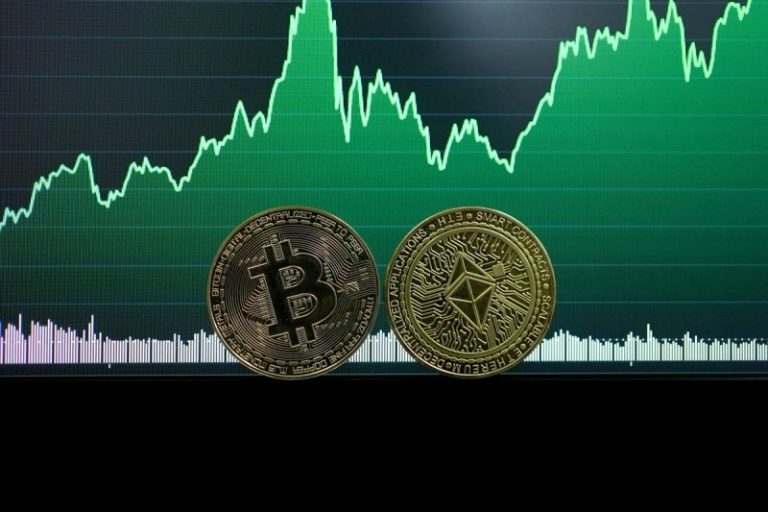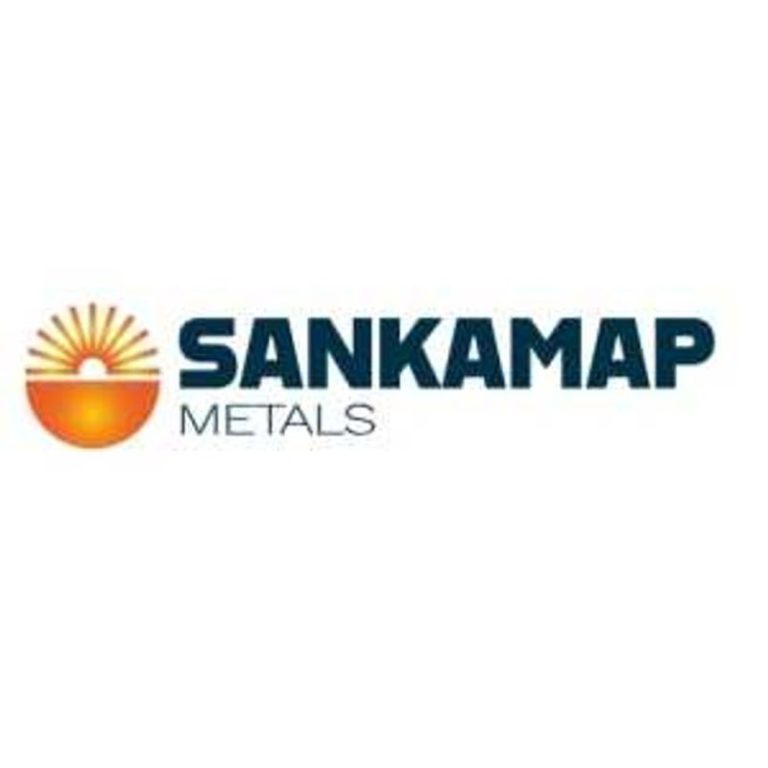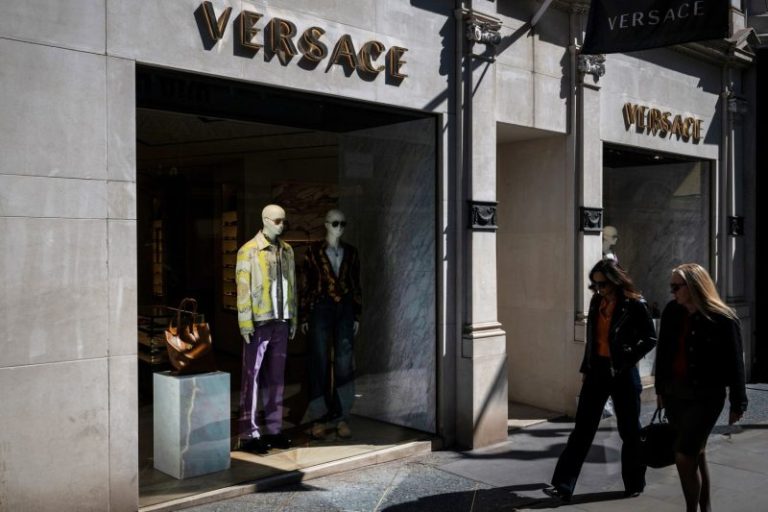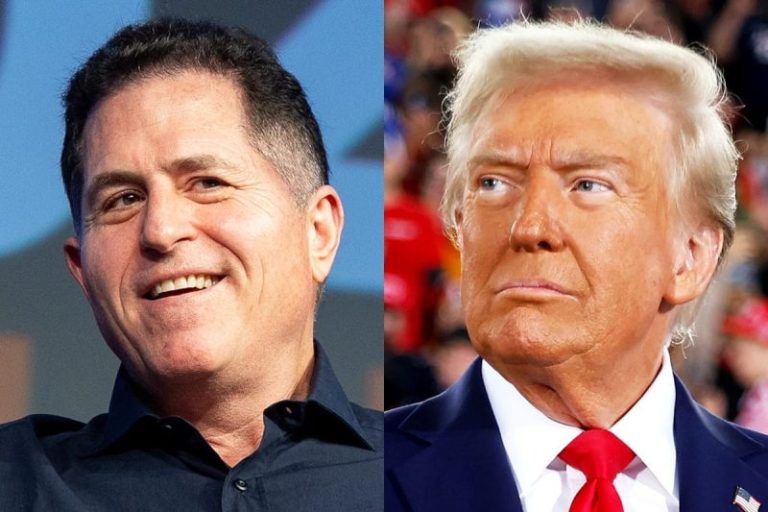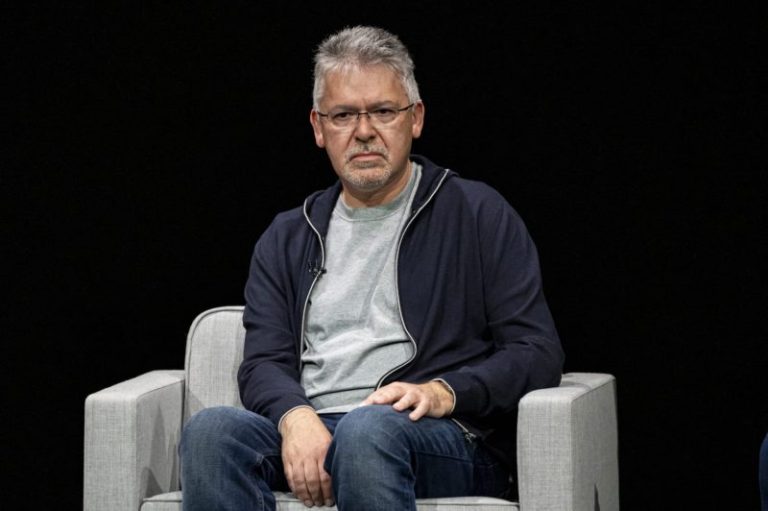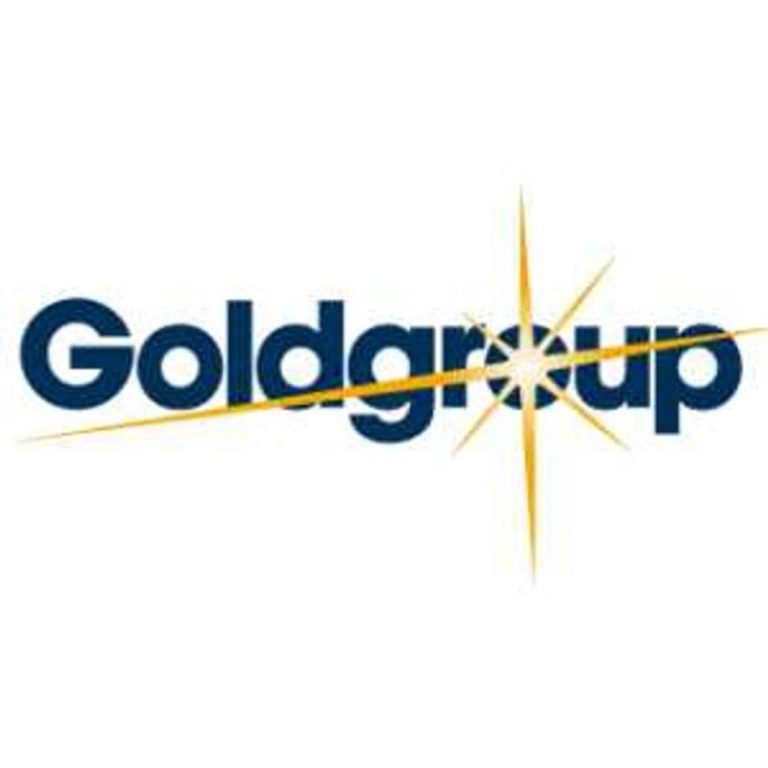Gold has reached once-unthinkable prices in 2025, gaining over 60 percent by early December.
Looking ahead to 2026, experts believe the major themes that carried the gold price to new heights this year will continue to underwrite its trajectory in the months ahead, boosting the metal even further.
What are the top trends shaping the gold market, and what should investors expect in the new year?
Trade tensions to stoke ETF and central bank gold demand
US President Donald Trump’s aggressive trade policies have injected a high level of volatility into a world economy that was already reeling from ongoing regional conflicts.
This type of uncertainty reliably encourages investors to seek safe havens, and that theme dominated much of the gold story for 2025. Heading into the new year, analysts see no end to this trend.
Strong gold exchange-traded fund (ETF) inflows and central bank purchases are projected to continue into next year as investors, particularly in the west, increasingly recognize the hedge value of gold.
Global financial services firm Morgan Stanley (NYSE:MS) sees demand for gold from ETFs and central banks pushing the gold price back up above US$4,500 per ounce by mid-2026.
The World Gold Council (WGC) also expects the themes of risk and uncertainty to continue driving gold.
“My sense is that we’re going to continue to see these challenges in 2026.”
Cavatoni expects this will translate into continued strong ETF flows and central bank demand for the monetary metal for 2026, although central bank buying may come at a slower pace than the past few years.
Gold as a hedge against potential AI stock bubble
Another potential 2026 tailwind for gold is a correction in artificial intelligence (AI) stocks.
Analysts are increasingly warning that this could happen, and it’s possible that AI bubble meltdown concerns may push more investors away from equities and into gold in the coming year.
Michael Hartnett, chief investment strategist at Bank of America Global Research, told his clients in late October that gold may be one of the strongest hedges if the AI bubble bursts.
Similarly, Macquarie analysts are warning that if AI tech firms and their clients can’t demonstrate a return on their huge investments in the emerging technology, gold may be the best bet for protection against the resulting market fallout: “Optimists buy tech, pessimists buy gold, hedgers buy both.’
Weak US dollar, low interest rates price positive for gold
The gold price has an inverse relationship with the US dollar and real interest rates. Indeed, Morgan Stanley’s US$4,500 gold forecast for mid-2026 is predicated on a weaker dollar and lower rates.
Lower rates typically weaken the dollar, and Trump has been pressuring the US Federal Reserve to drop rates since taking office. With Fed Chair Jerome Powell’s term due to end next year, market watchers are anticipating that a more dovish Fed head will take the helm. This means that more rate cuts are likely on the table for 2026.
A softer dollar and a low rate environment would provide foundational support for further gold price gains. The resulting inflation is expected to push the Fed toward quantitative easing (QE), or the purchasing of government bonds to increase money supply and lower long-term rates, which would further bolster the yellow metal’s appeal.
At its October policy meeting, the Fed stated that its quantitative tightening activities (allowing bonds to mature without reinvesting the proceeds) would end on December 1.
“Frankly … interest expense for the federal government is running at US$1.2 trillion a year (and) the budget deficit is US$1.8 trillion a year, so the interest is really contributing to the deficit,” he said. “The US federal government really needs lower rates, or else interest is going to continue to consume a big piece of their revenues.”
Lepard believes investors are keenly aware that lower rates are coming, which naturally means more inflation. This realization is enhancing gold’s investment appeal.
Gold price forecasts for 2026
Heading into 2026, Fed monetary policy changes are likely to give gold another boost to the upside.
“As we move through the year, as the Federal Reserve transitions to QE and maybe yield curve control and money printing, the (precious) metals themselves will catch another leg up,” said Lepard.
“Gold will go through US$4,500 toward US$5,000, silver will go to US$60 or US$70 and (gold and silver) stocks will all go up another 30 percent pretty easily, and then maybe more over the next 12 months,’ he added.
Global financial services provider B2PRIME Group also sees gold’s average price in 2026 at around US$4,500 as US debt challenges and possible Fed rate cuts continue to bolster the value of the precious metal.
Overall, most analysts’ gold price predictions for the upcoming year are in the US$4,500 to US$5,000 range.
Metals Focus is forecasting an annual average high of US$4,560 in 2026, with gold potentially reaching a record US$4,850 in the fourth quarter. The firm sees these gains materializing despite a projected gold surplus of 41.9 million ounces in 2026, up 28 percent year-on-year; that would take mine production to another record high in 2026.
Goldman Sachs (NYSE:GS) is predicting that gold could reach as high as US$4,900 next year on increased central bank buying and anticipated inflation-causing interest rate cuts by the Fed.
For its part, Bank of America (NYSE:BAC) sees the yellow metal breaching US$5,000 in 2026 on growing deficit spending in the US and Trump’s ‘unorthodox macro policies.’
Investor takeaway
Ongoing uncertainty from trade tensions, a potential market correction in the AI sector, US debt challenges and anticipated shifts in Fed policy have fueled strong investment demand for gold as a safe-haven asset.
Those demand drivers are not going away in 2026; in fact, they are likely to provide further foundational support that could propel the gold price to new record highs.
Securities Disclosure: I, Melissa Pistilli, hold no direct investment interest in any company mentioned in this article.


